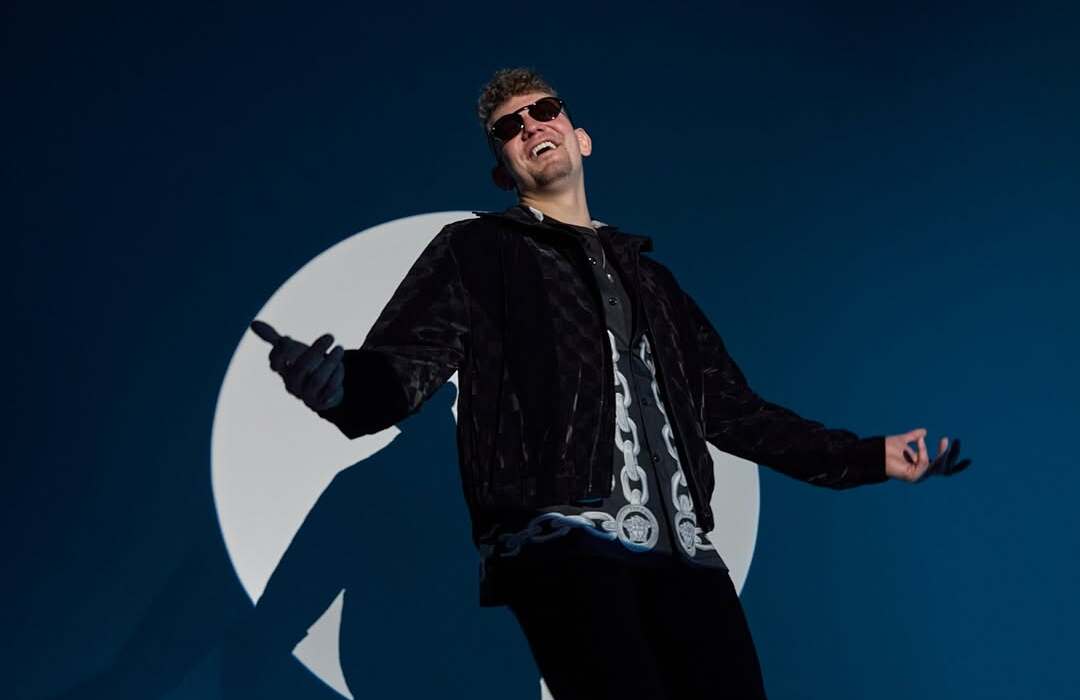The history of anime broadcasting is complicated. The length of seasons, number of anime and cycle of series have all changed several times over the years. For the better part of a decade, the annual anime calendar has consisted of four seasonal blocks with three or four dozen shows each. Yet the past year and a half has included some interesting upsets to this regularity, possibly implying broader changes in the years to come.
Previously, networks had two or so weeks between the conclusions of their outgoing series and the premieres of the next, all of which typically began within two weeks of one another. This not only gave viewers a chance to reflect on the conclusions of their favorite shows, it bought them an opportunity to take a breather from weekly episodes to evaluate which shows they would pick up next. Lately, this gap has been steadily closing, to the point where some rotations have none at all. While the transition from summer to fall anime saw a general pause in the last weekend of September, summer saw most of its new anime start one week after the spring finales.
Accompanying this fast-paced release schedule has been a number of production irregularities concerning the series themselves. Certain anime have been airing with an unusual number of episodes. Though the industry standard tends to be a full cour of 12 or 13 episodes, summer's return of Magia Record and airing of The Great Jahy Will Not Be Defeated had eight and 20 episodes scheduled respectively, with the latter running over into the Fall season. Both broadcasts began in early August, roughly a month after the start of almost all other summer anime.
Likewise, 2021 saw both Heike Monogatari and Fena: Pirate Princess begin on abnormal dates. Fena, partially produced by Crunchyroll and Adult Swim, also straddled the summer and fall seasons. Rather than adjust its episode count to finish with the bulk of fall anime, it concluded with a standard 12 episodes in mid-October. Heike Monogatari started in mid-September. Even though it preempted the fall season, it showed up a bit too late to be classified as a summer anime. While the series is expected to conclude with Episode 11 on November 25, its run has been distributed in Japan solely through Fuji TV's video on demand service. It is scheduled to have a general broadcast in January 2022.
Still, it must be noted that the past two years have been anything but usual for the world as a whole. Most industries faced setbacks due to the COVID-19 pandemic, and anime production is no exception. Numerous series have had to take breaks in airing, either as a result of preventative shutdowns or outbreaks in the companies themselves. Titles that have had to pause their productions range from mainstream entries like One Piece and Digimon Adventure (2020) to more niche selections like Tsukipro The Animation.
Though the impact of COVID-19 on anime production cannot be considered a good thing, there is reason for fans to be hopeful for the future of release schedules. Since certain projects seem to be willing to defy both conventional series lengths and seasonal release dates, future undertakings may have more creative freedom when planning out their series as a whole. Rather than stretch or consolidate plotlines to fit the 12 or 13 episode standard, creators could choose a number of episodes that best complements each series' pacing. There may even be more series like The Great Jahy Will Not Be Defeated with longer runs.
Furthermore, should these patterns continue, the way in which audiences watch their anime may change as well. Rather than making lists of several series to juggle at once, staggering the calendar will allow viewers to sample episodes over longer periods of time. Additionally, as in the case of Fena: Pirate Princess and Heike Monogatari, streaming services may become more involved in the production or initial distribution of anime.
This may open the gates for more innovative and creative projects that aren't as immediately suitable for general broadcast. Suffice to say, should other studios or networks embrace these unorthodox practices, viewers may soon see drastic changes in their watching experience.
About The Author

